Menu
Physics Lesson 16.1.9 - Magnetism in Use
Please provide a rating, it takes seconds and helps us to keep this resource free for all to use
Welcome to our Physics lesson on Magnetism in Use, this is the ninth lesson of our suite of physics lessons covering the topic of Introduction to Magnetism, you can find links to the other lessons within this tutorial and access additional physics learning resources below this lesson.
Magnetism in Use
Magnets have a wide range of use in today's world. In this paragraph, we will briefly discuss only a few of them.
- Magnetism in home appliances
Magnets are used in many home appliances such as in refrigerators, computers, sound systems, etc.
Flexible magnetic strips are enclosed within plastic covers attached around a fridge's door. These magnets keep the fridge's door firmly closed so that no heat is exchanged with the surroundings. Hard discs of computers are covered by a layer of magnetic material. Magnetism is used in computer storage because it goes on storing information even when the power is switched off.
Hard discs of computers are covered by a layer of magnetic material. Magnetism is used in computer storage because it goes on storing information even when the power is switched off. 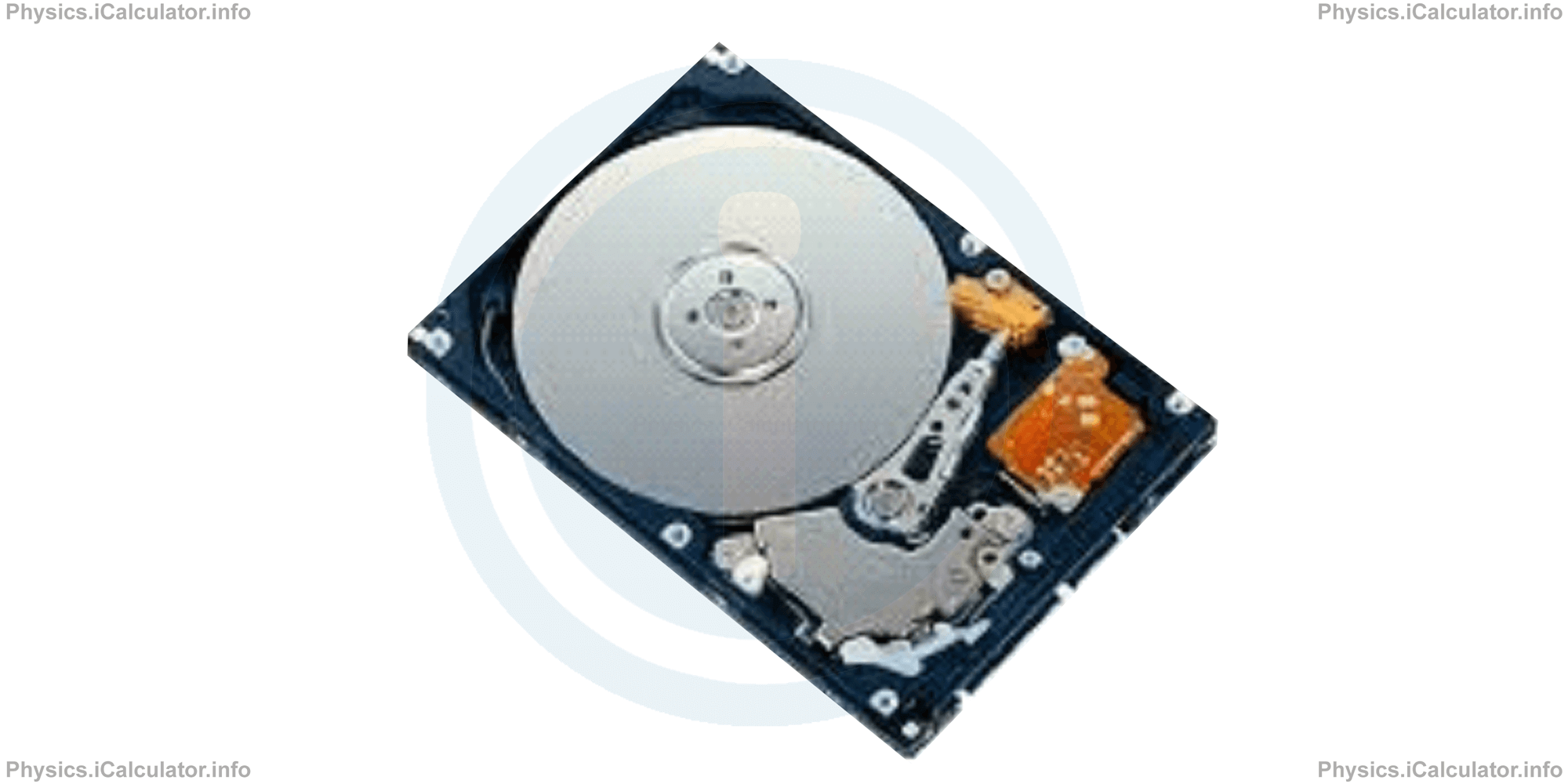 Sound systems use magnetic materials to transmit the sound through loudspeakers. Inside almost every speaker, there is a magnet, a coil of wire, and a thin material to convey the sound into the air. The invention of strong rare-earth magnets allows speakers to create more sound using less electric current.
Sound systems use magnetic materials to transmit the sound through loudspeakers. Inside almost every speaker, there is a magnet, a coil of wire, and a thin material to convey the sound into the air. The invention of strong rare-earth magnets allows speakers to create more sound using less electric current.
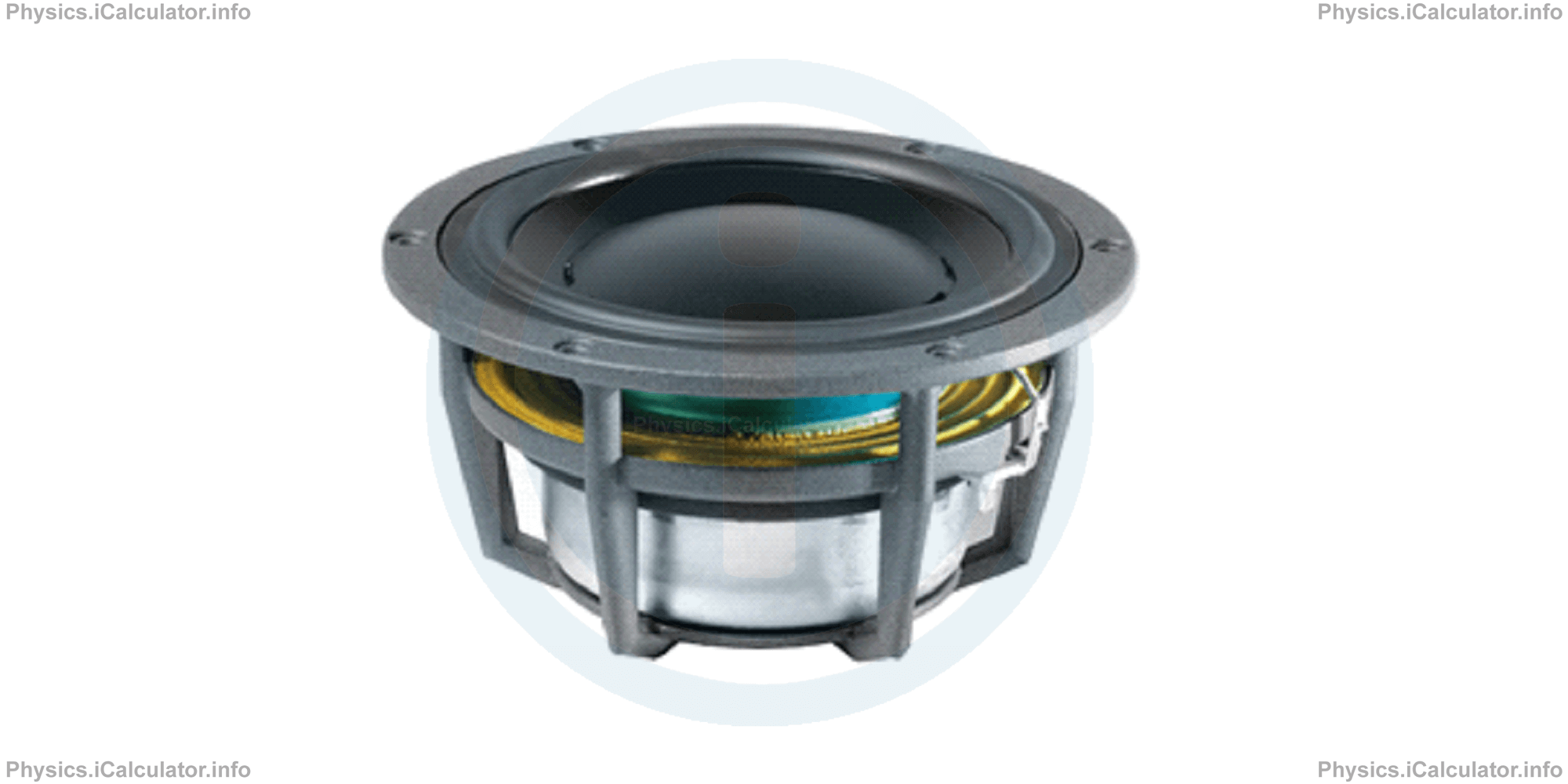
- Magnetism in medicine
Magnetic resonance is one of the most marvelous applications of magnetism in medicine. Most imaging techniques make use of X-rays to see inside the human body. Magnetic resonance is one of the revolutionary and techniques besides echo that is not hazardous for the health. Nuclear Magnetic Resonance NMR technique is used in medicine to obtain three-dimensional images of the inner parts of the human body.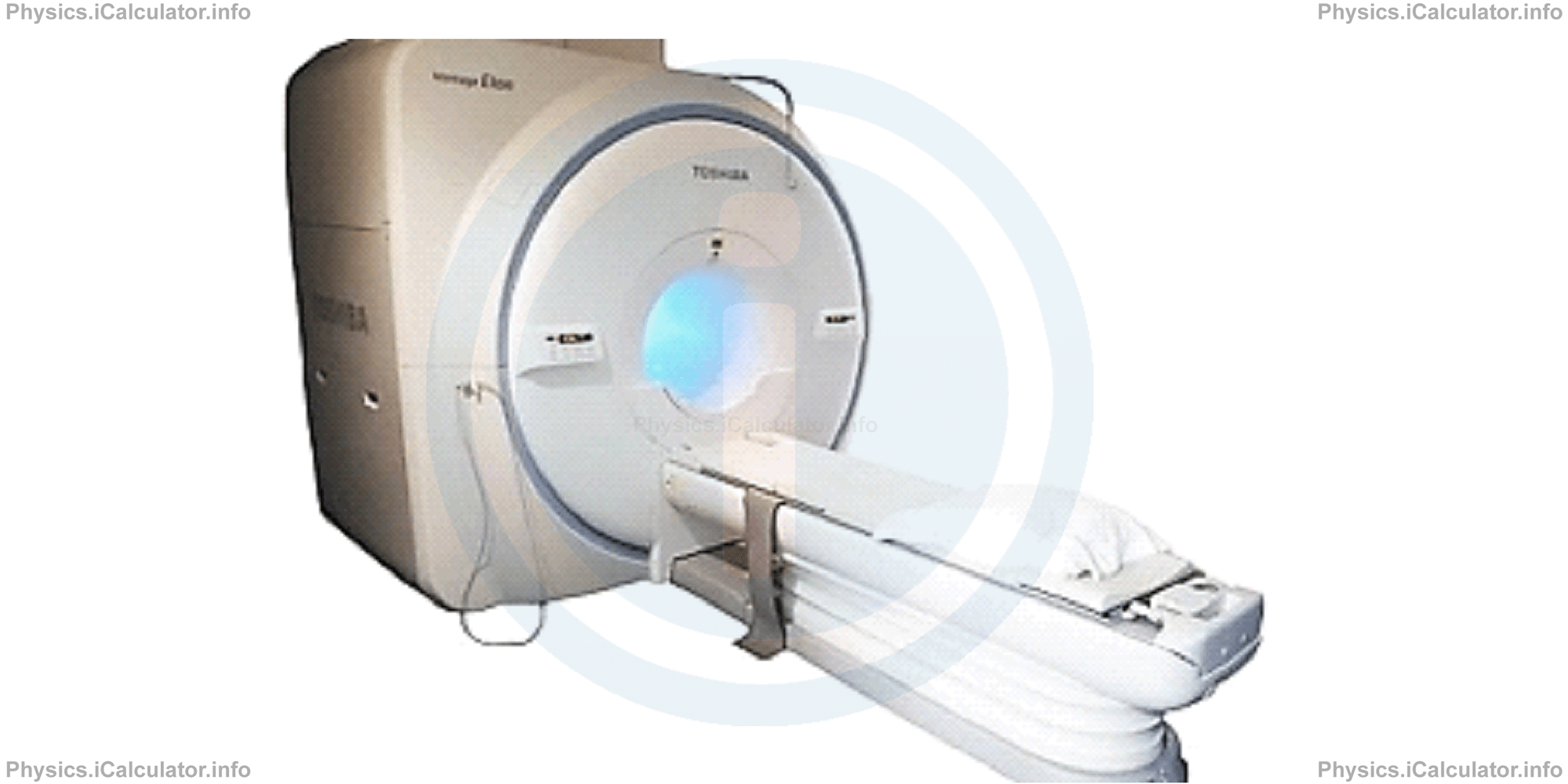 NdFeB (neodymium) is a high-end rare earth magnet. In terms of medical treatment, NdFeB has been widely used in physical magnetic therapy. Due to its excellent magnetic properties, NdFeB magnets have been widely used in the field of medical treatment. The use of this magnet can increase the blood supply and supply of the brain, reduce the excitability of the nerve of the cerebral cortex, and increase the blood circulation to the organs of the lungs, spleen, liver and perianal, and boost the local blood supply by enhancing the biological electromagnetic energy of the body and collaterals. NdFeB is often used for the physical treatment of a variety of diseases.
NdFeB (neodymium) is a high-end rare earth magnet. In terms of medical treatment, NdFeB has been widely used in physical magnetic therapy. Due to its excellent magnetic properties, NdFeB magnets have been widely used in the field of medical treatment. The use of this magnet can increase the blood supply and supply of the brain, reduce the excitability of the nerve of the cerebral cortex, and increase the blood circulation to the organs of the lungs, spleen, liver and perianal, and boost the local blood supply by enhancing the biological electromagnetic energy of the body and collaterals. NdFeB is often used for the physical treatment of a variety of diseases. 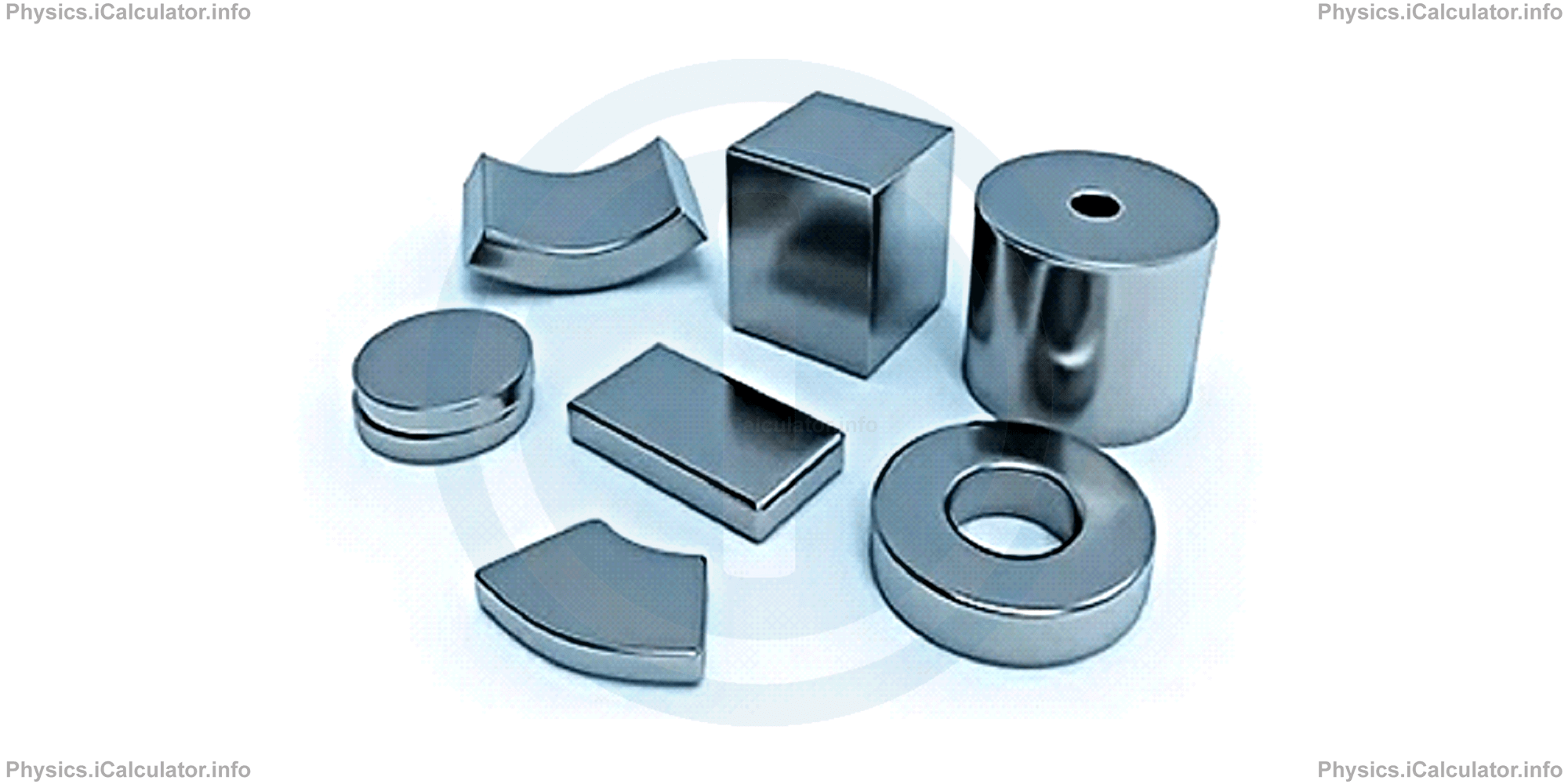
- Magnetism in industry
Magnetism in industry is mainly used in metal processing technology. Permanent magnets are used to separate metals from non-metals applying the procedure shown in the figure.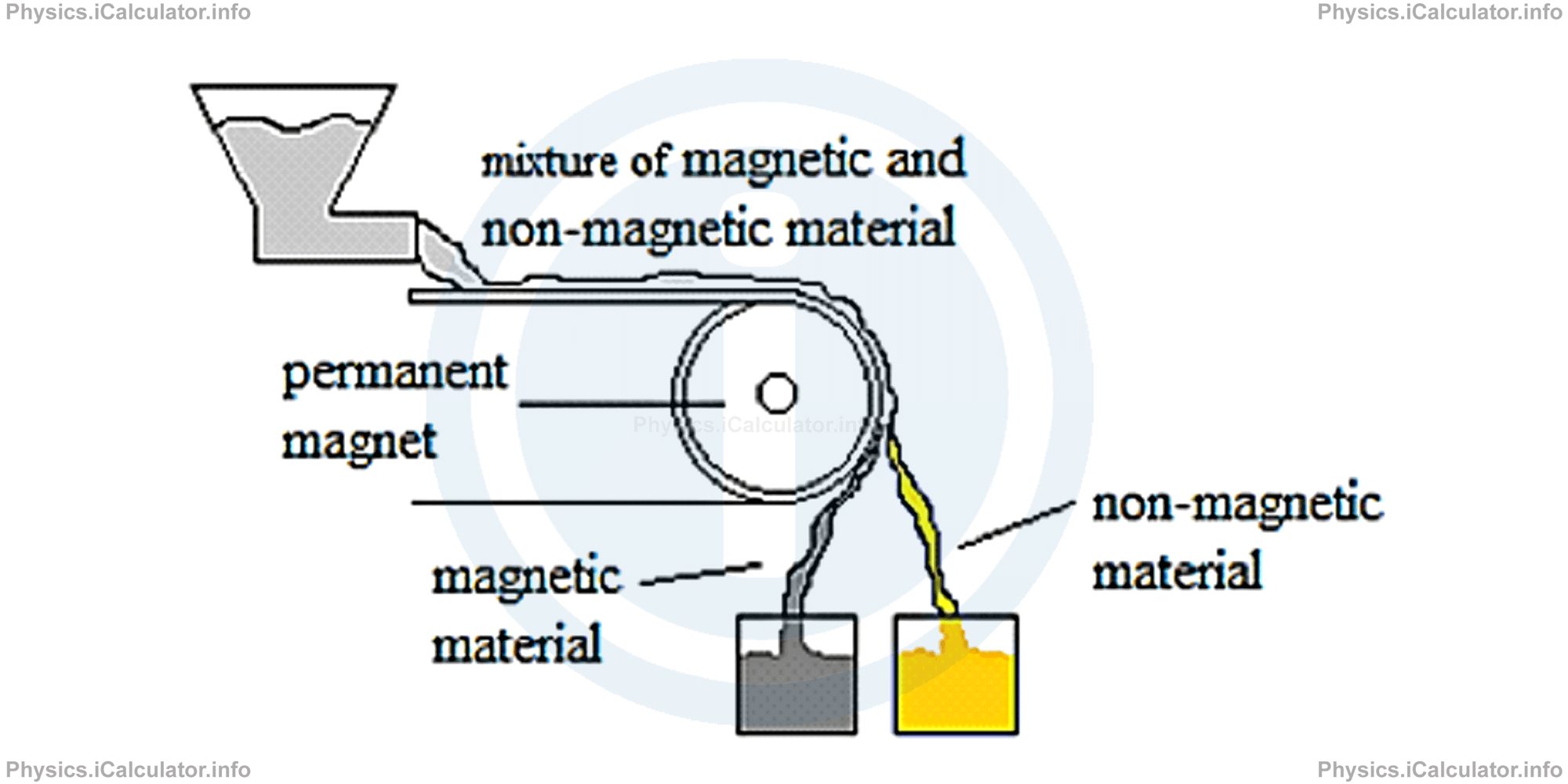
You have reached the end of Physics lesson 16.1.9 Magnetism in Use. There are 9 lessons in this physics tutorial covering Introduction to Magnetism, you can access all the lessons from this tutorial below.
More Introduction to Magnetism Lessons and Learning Resources
Whats next?
Enjoy the "Magnetism in Use" physics lesson? People who liked the "Introduction to Magnetism lesson found the following resources useful:
- Application Feedback. Helps other - Leave a rating for this application (see below)
- Magnetism Physics tutorial: Introduction to Magnetism. Read the Introduction to Magnetism physics tutorial and build your physics knowledge of Magnetism
- Magnetism Revision Notes: Introduction to Magnetism. Print the notes so you can revise the key points covered in the physics tutorial for Introduction to Magnetism
- Magnetism Practice Questions: Introduction to Magnetism. Test and improve your knowledge of Introduction to Magnetism with example questins and answers
- Check your calculations for Magnetism questions with our excellent Magnetism calculators which contain full equations and calculations clearly displayed line by line. See the Magnetism Calculators by iCalculator™ below.
- Continuing learning magnetism - read our next physics tutorial: Magnetic Field Produced by Electric Currents
Help others Learning Physics just like you
Please provide a rating, it takes seconds and helps us to keep this resource free for all to use
We hope you found this Physics lesson "Introduction to Magnetism" useful. If you did it would be great if you could spare the time to rate this physics lesson (simply click on the number of stars that match your assessment of this physics learning aide) and/or share on social media, this helps us identify popular tutorials and calculators and expand our free learning resources to support our users around the world have free access to expand their knowledge of physics and other disciplines.
Magnetism Calculators by iCalculator™
- Angular Frequency Of Oscillations In Rlc Circuit Calculator
- Calculating Magnetic Field Using The Amperes Law
- Capacitive Reactance Calculator
- Current In A Rl Circuit Calculator
- Displacement Current Calculator
- Electric Charge Stored In The Capacitor Of A Rlc Circuit In Damped Oscillations Calculator
- Electric Power In A Ac Circuit Calculator
- Energy Decay As A Function Of Time In Damped Oscillations Calculator
- Energy Density Of Magnetic Field Calculator
- Energy In A Lc Circuit Calculator
- Faradays Law Calculator
- Frequency Of Oscillations In A Lc Circuit Calculator
- Impedance Calculator
- Induced Emf As A Motional Emf Calculator
- Inductive Reactance Calculator
- Lorentz Force Calculator
- Magnetic Dipole Moment Calculator
- Magnetic Field At Centre Of A Current Carrying Loop Calculator
- Magnetic Field In Terms Of Electric Field Change Calculator
- Magnetic Field Inside A Long Stretched Current Carrying Wire Calculator
- Magnetic Field Inside A Solenoid Calculator
- Magnetic Field Inside A Toroid Calculator
- Magnetic Field Produced Around A Long Current Carrying Wire
- Magnetic Flux Calculator
- Magnetic Force Acting On A Moving Charge Inside A Uniform Magnetic Field Calculator
- Magnetic Force Between Two Parallel Current Carrying Wires Calculator
- Magnetic Potential Energy Stored In An Inductor Calculator
- Output Current In A Transformer Calculator
- Phase Constant In A Rlc Circuit Calculator
- Power Factor In A Rlc Circuit Calculator
- Power Induced On A Metal Bar Moving Inside A Magnetic Field Due To An Applied Force Calculator
- Radius Of Trajectory And Period Of A Charge Moving Inside A Uniform Magnetic Field Calculator
- Self Induced Emf Calculator
- Self Inductance Calculator
- Torque Produced By A Rectangular Coil Inside A Uniform Magnetic Field Calculator
- Work Done On A Magnetic Dipole Calculator